Doors
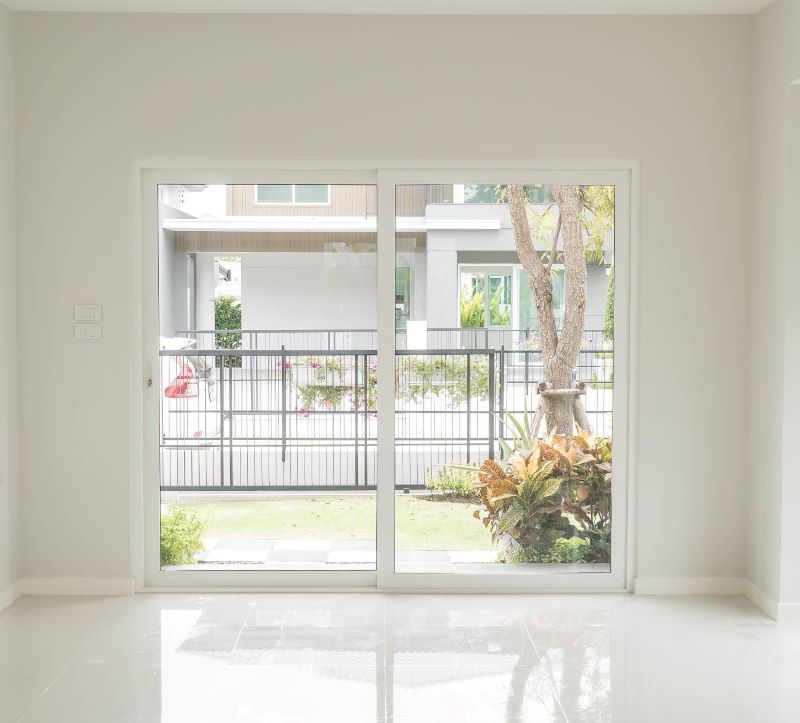
PROFESSIONAL EXTERIOR AND INTERIOR DOOR INSTALLATION
Our industry-leading door products are a blend of style and performance. That’s because we partner with the industry’s best door manufacturers, that supply only innovative, energy-efficient and intelligently designed high quality doors. This means our customers always have options when it comes to style, material, and competitive pricing.
OUR DOOR STYLES
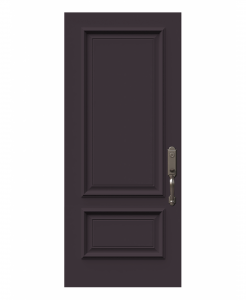
Steel Entry
Considered the sturdiest and best-insulated doors on the Canadian market today, steel construction, unlike wooden doors...
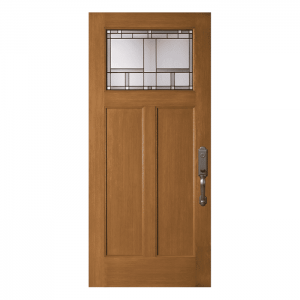
Fiberglass Entry
Fiberglass doors have a genuine look and feel of a wood door but proven far superior to wood in strength and durability. Engineered...
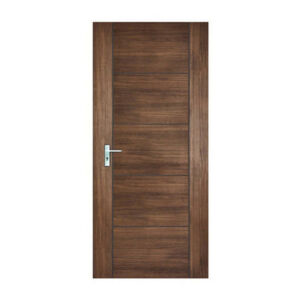
Wood Entry
With a high-end look and feel, our wood doors are a blend of style and intelligent engineering. Adding value to your property and...
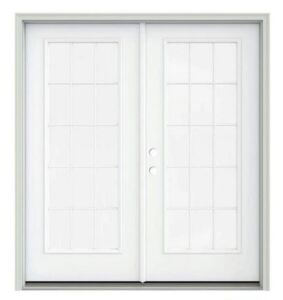
Garden Patio
Garden patio doors swing open, as opposed to sliding. Available in two styles: French hinged door and centered patio door. These types...

Sliding Patio
A sliding patio door consists of a single unit made up of two-panel sections, where one is fixed, and one is mobile sliding to the side to...
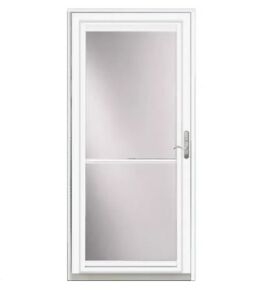
Storm
A storm door is installed in front of an exterior access door to protect your home from weather elements and allow ventilation. ...
YOUR DOOR INSTALLATION OPTIONS
STEEL VS FIBERGLASS VS WOOD
STEEL
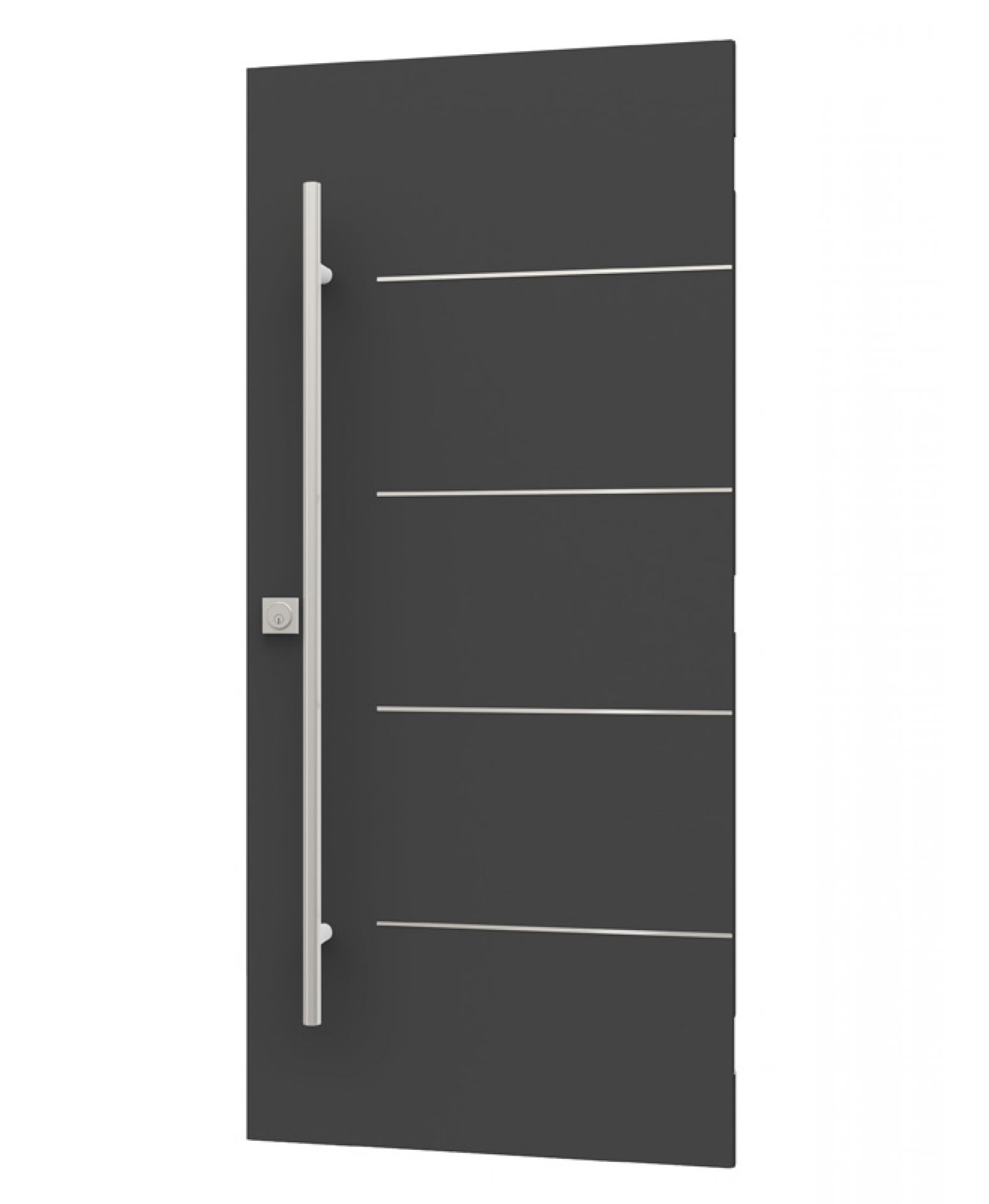
A Steel exterior doors are an excellent option for any home that just needs a simple, durable exterior door. A popular favorite for garage and side doors, steel doors do offer a variety of advantages for any homeowner.
Pros:
- Low Cost — Of all of the exterior door options, a steel door requires the lowest upfront investment. You can find a variety of steel door options all at a considerably lower cost than a wood or fiberglass door, simply because steel doors are much less expensive to manufacture.
- Low Maintenance — Steel exterior doors are also very low-maintenance. Unlike wood, they won’t rot or warp over time, so you don’t have to worry about regularly staining or refinishing your exterior steel door.
Cons:
- Aesthetic — Steel exterior doors don’t offer the same range of finish options as fiberglass doors. Steel is almost exclusively available in flat, painted colors, and cannot mimic the appearance of wood. This is what makes steel doors popular for garages and side entries. While they aren’t necessarily high-end, they can get the job done, keeping harsh elements out of your home.
- Durability — While steel itself is a durable material, steel doors can dent fairly easily, and they also have a tendency to rust over time. Since dents in steel doors aren’t simple to fix, this shortens their lifespan, especially when compared to a fiberglass door.
- Energy Efficiency — Steel is not particularly energy-efficient, and if you choose a steel door that does not have a foam core, you’ll notice that they can be relatively drafty. While you can choose steel doors that feature an insulated core, they still don’t offer the same level of energy efficiency as a fiberglass door, since steel will absorb the heat or the cold of the outside temperature.
Information from https://www.zeelandlumber.com/
FIBERGLASS
![jasper-1-700-700[1]](https://buildingluxury.ca/wp-content/uploads/2021/07/jasper-1-700-7001.png)
A Fiberglass exterior doors offers most homeowners an entirely new range of possibilities when it comes to exterior doors. Fiberglass exterior doors are made from two large molded sides that are filled in the center with a polyurethane foam core that insulates the door against extreme temperatures. This manufacturing process makes fiberglass one of the most durable and energy-efficient options on the market.
Pros:
- Low Maintenance — Fiberglass is a composite material that is resistant to fading, cracking, and chipping. Compared to both steel and wood, a fiberglass exterior door will require the least amount of maintenance, because it doesn’t have to be restained or repainted regularly.
- Durability — In addition to minimal maintenance requirements, fiberglass doors are exceptionally durable. They don’t chip or dent like a wood or steel door might, which makes them a great option for your front door — your barrier between your home and the outside world. In general, a fiberglass door will outlast both a wood and a steel door because of its composite construction.
- Energy Efficiency — Fiberglass doors were designed with energy efficiency in mind. While you can customize nearly any fiberglass exterior door to have more or less insulation, all fiberglass doors are manufactured with a thick layer of insulating foam in the center. This makes fiberglass exterior doors perfect for homes that experience extreme weather conditions.
- Customizability — Because fiberglass doors are manufactured from a composite material, they offer you a vast range of options when it comes to shape and finish. You can order custom fiberglass doors to easily fit any entryway, and you can choose from traditional flat finishes or opt for a finish that mimics the look of wood with a fine grain and a stained finish.
- Cost — In general, fiberglass doors tend to cost a bit less than wood doors, and a bit more than steel doors, putting them right in the middle of the three options. Fiberglass doors also don’t require regular maintenance, so many homeowners find they recoup the upfront cost of a fiberglass door throughout its lifespan, both in saved energy and maintenance costs.
Cons:
- Aesthetic — If you love the appearance of true natural wood, a fiberglass door may not quite meet your standards. While fiberglass doors are designed to mimic the appearance of wood, they are still fiberglass. Some homeowners find that fiberglass doors just don’t have the same look and feel as genuine wood.
WOOD

A Wood exterior door is a classic choice for any home. If you prefer a more traditional look or are hoping to add a bit of character to your entryway, a wood door is a great choice, especially considering the natural energy-efficient components that wood has to offer.
Pros:
- Character & Style — Wood is undoubtedly the go-to material if you’re trying to achieve a high-end, architecturally unique entryway. Though some fiberglass doors can be made to look like wood, you won’t get true character from anything but a real wood door.
- Easy to Repair — Wood is easily sanded and restained if you run into any superficial weathering or scratches. This makes maintenance for any damages pretty easy. Plus, wood will hide scratches or dents well, unlike fiberglass or steel, which don’t have the texture to hide those small damages.
- Energy Efficiency — Solid wood front doors have a natural r-value that can help protect your home from the elements. While a wood door won’t be as energy efficient as a high-end fiberglass door, you’ll still get a decent amount of protection as long as you choose a solid hardwood option.
Cons:
- Cost — In general, you’re going to pay quite a bit more for a wood exterior door, especially if you’re looking at custom options or wood exterior doors with glass inserts.
- Maintenance — Unlike a steel or fiberglass door, a natural wood door will require regular maintenance. You’ll have to stain and refinish your wood exterior door annually to ensure it maintains its beauty and to protect it from premature weathering.
- Warping and Rotting — The enemy of any wood door is moisture. Even if your wood exterior door is well-maintained, wood has a natural tendency to expand and contract in extreme temperatures. Over time, this can contribute to warping and cracking that can affect how your door fits in the entryway. And, if your wood exterior door isn’t well maintained, moisture can seep into the door itself and start to rot. For this reason, some homeowners opt for a fiberglass or steel door.
SINGLE & DOUBLE DOORS
SINGLE DOOR
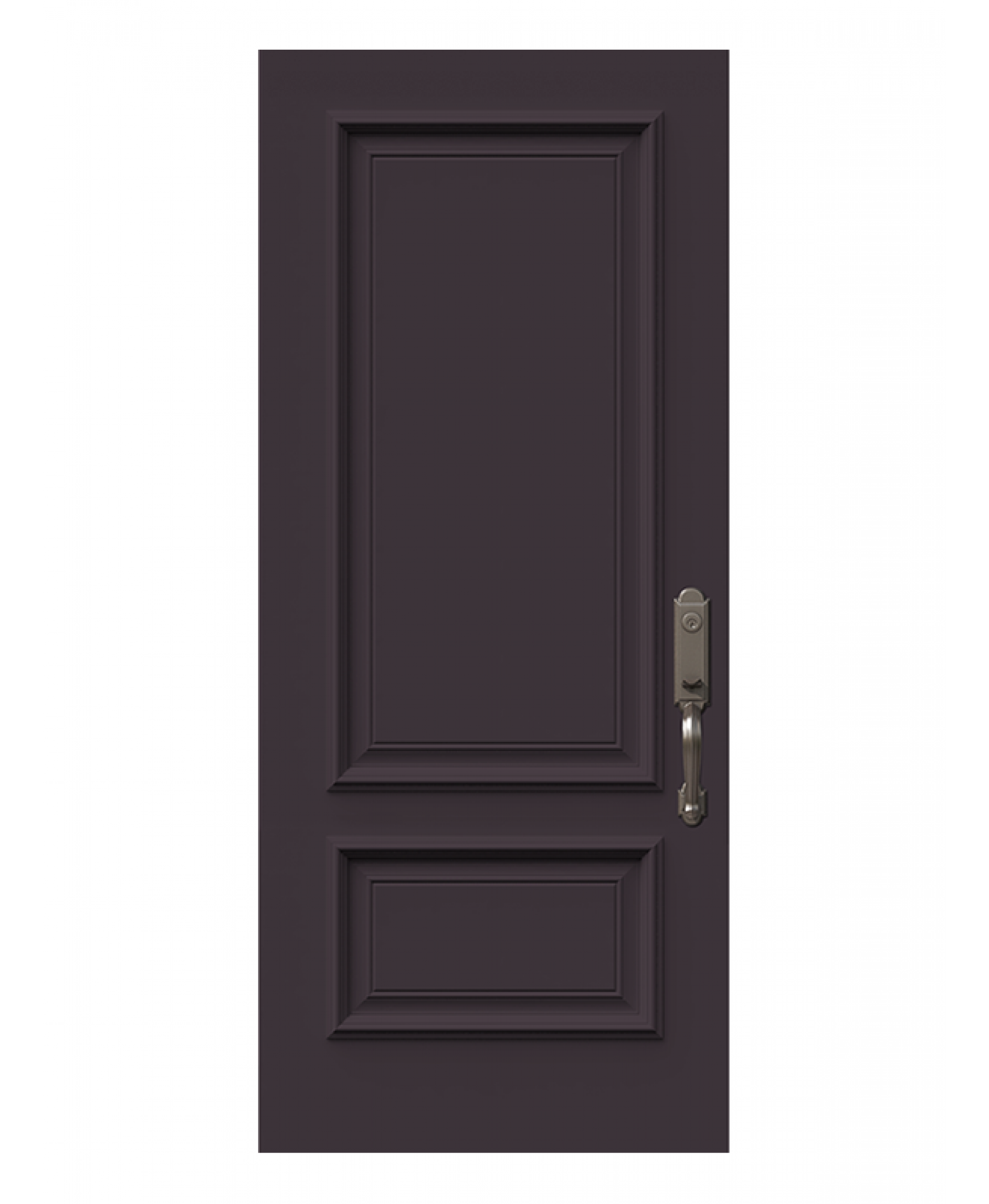
DOUBLE DOOR
![UhmxUtq[1]](https://buildingluxury.ca/wp-content/uploads/2021/07/UhmxUtq1.png)
